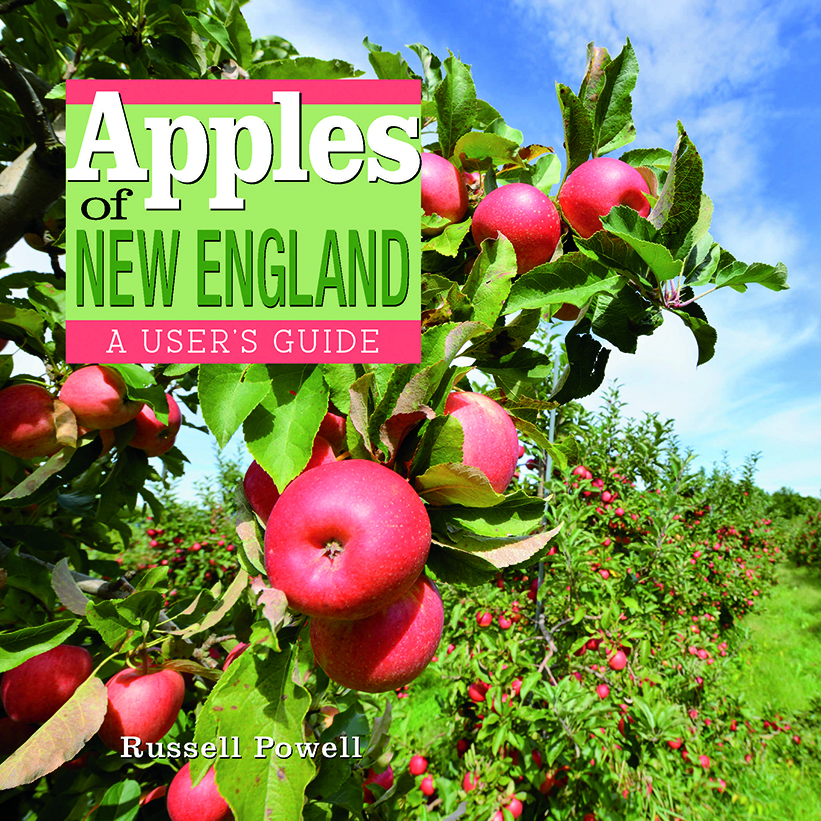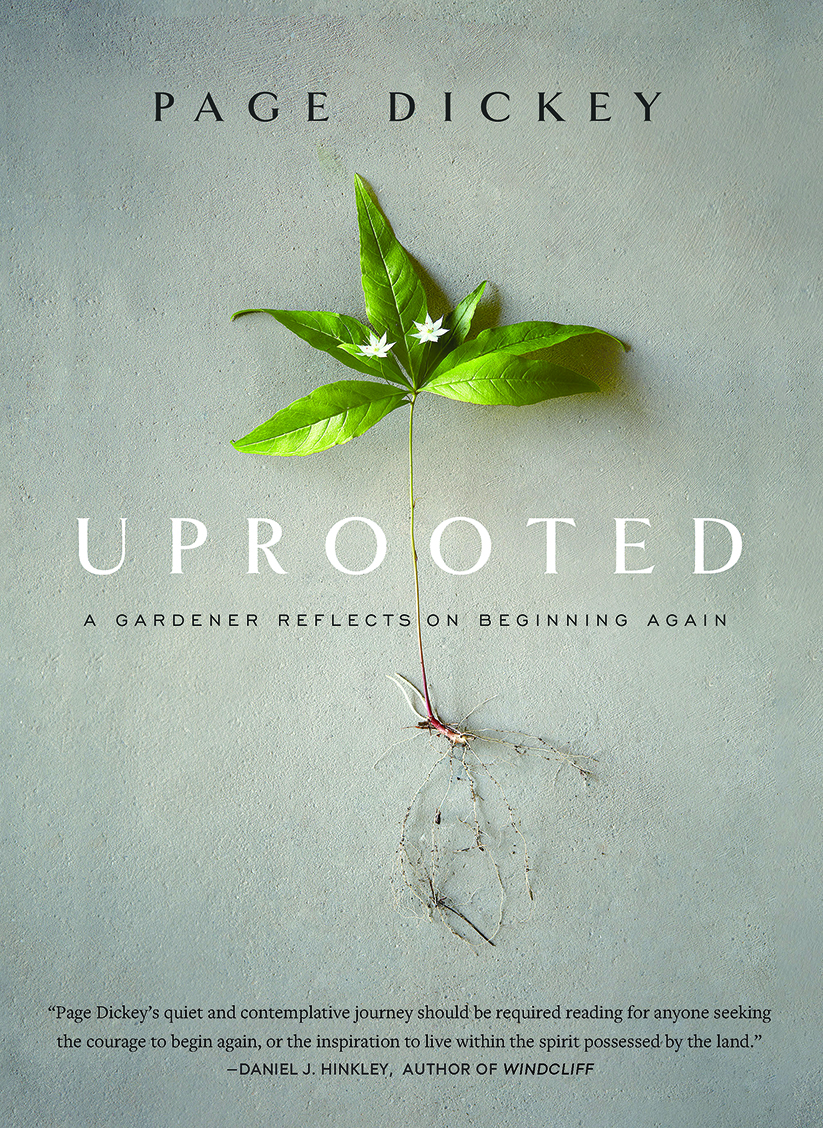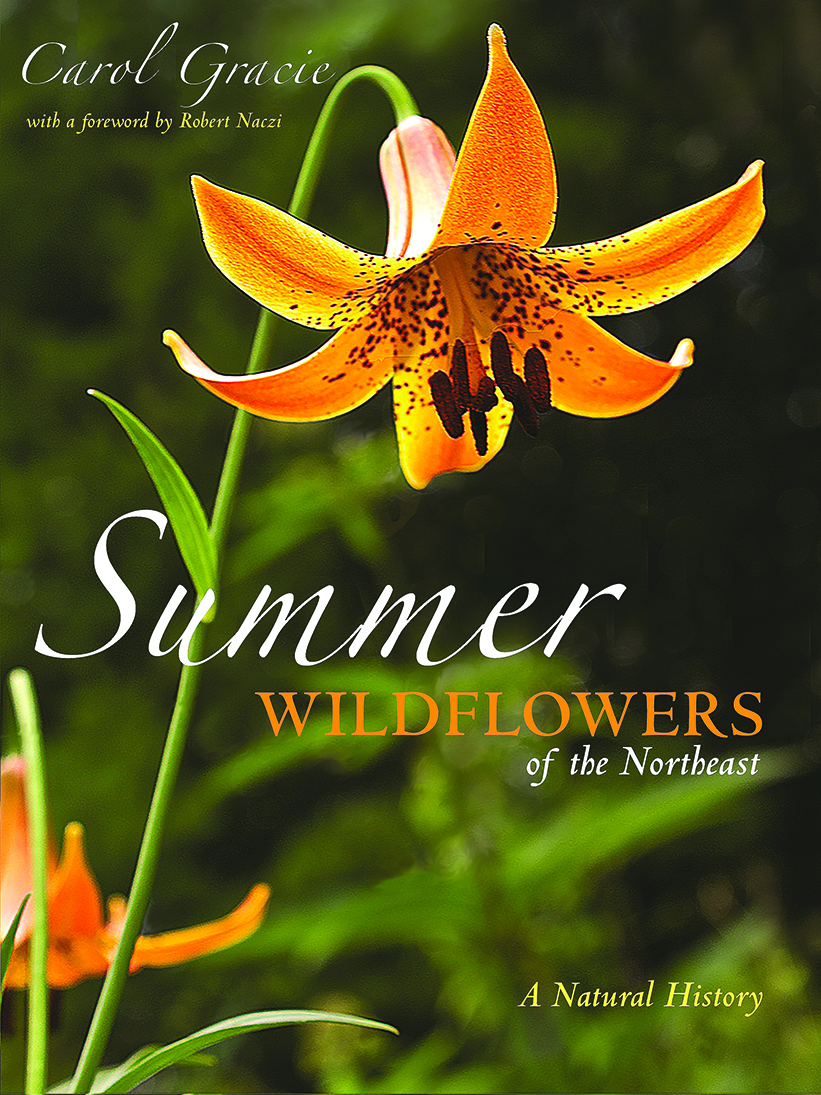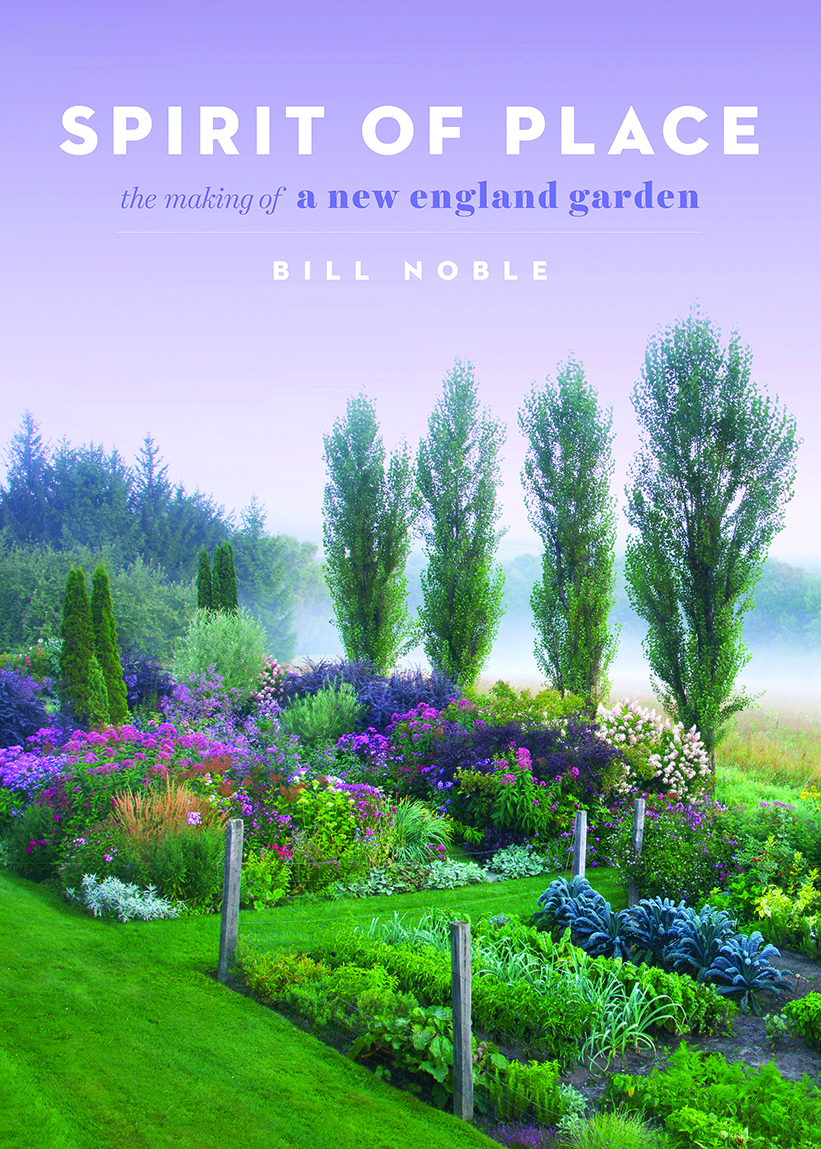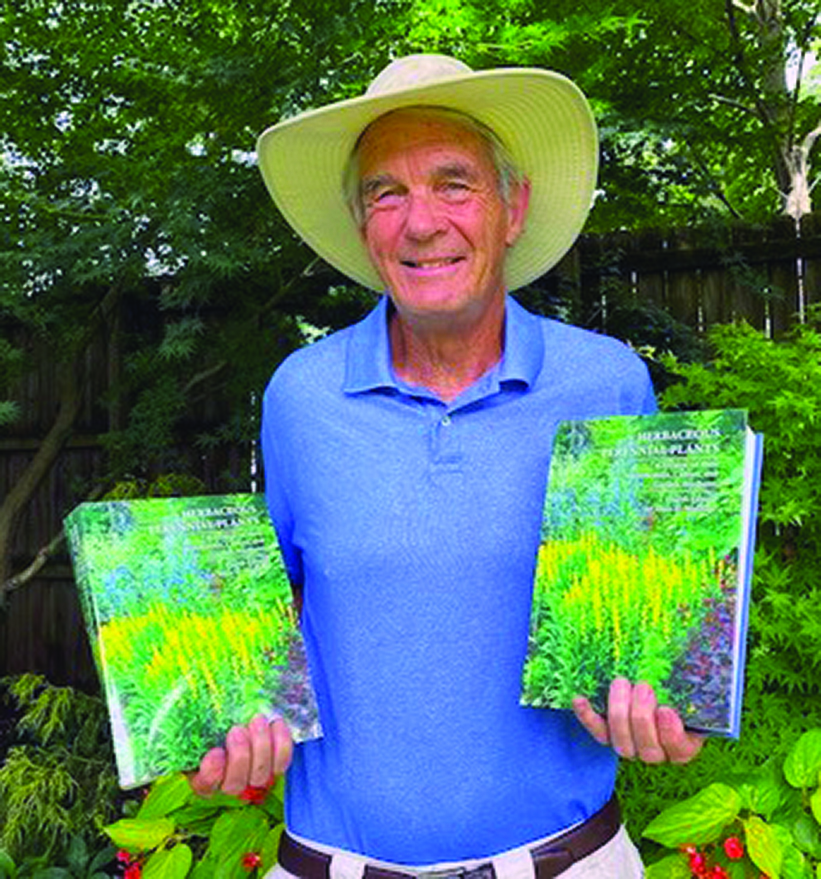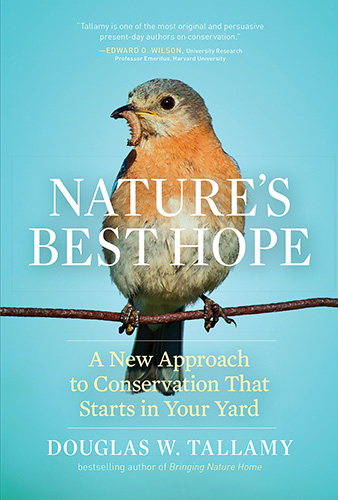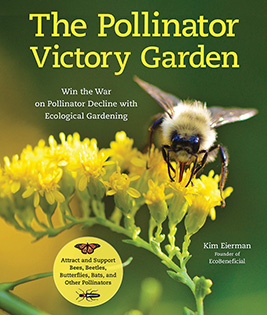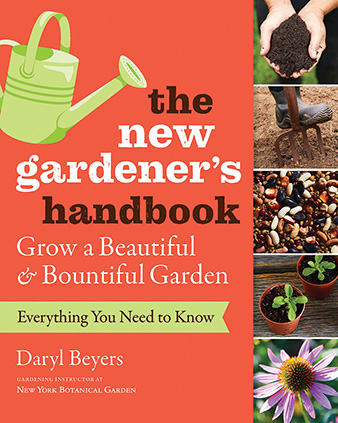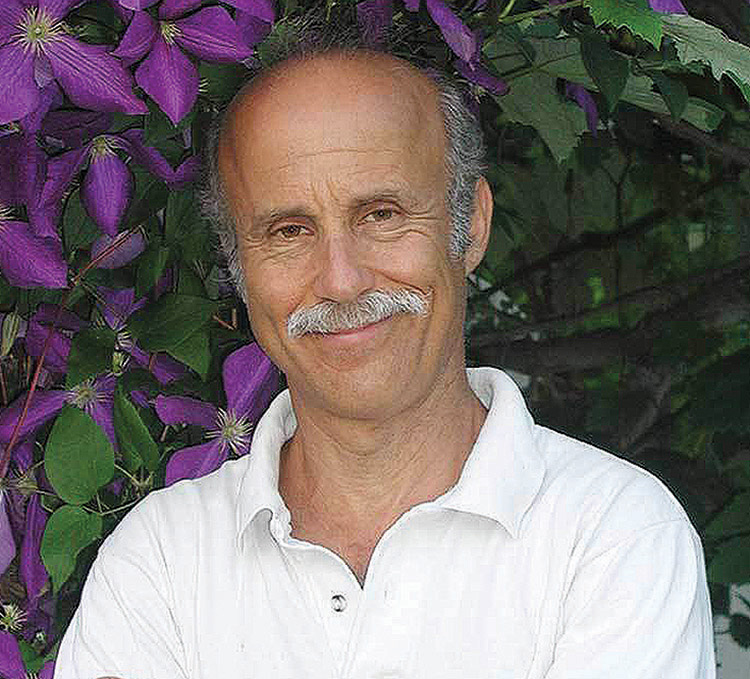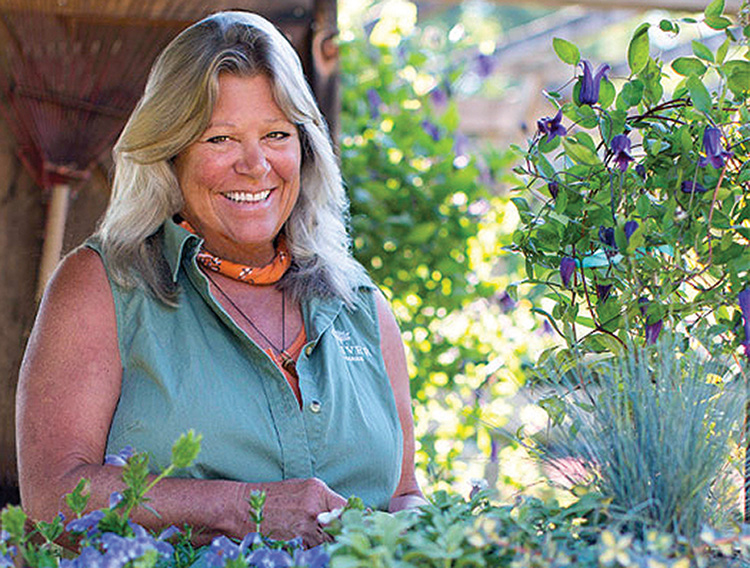By Will Rowlands Interested in apples and their history? This book is for you. Both Anne and I found it entertaining and informative. Read about the real Johnny Appleseed (Massachusetts native John Chapman), and David Church from Newington, Connecticut, who distributed apple seeds during his travels in New York State. Immerse yourself in the history of apples in New England and discover which apple variety is the oldest … the Roxbury Russet or the Yellow Sweeting (aka Sweet Rhode Island Greening). Three of the most popularly grown apples in the 1700s and 1800s were the Roxbury Russet, Sheep’s Nose and Westfield Seek-No-Further, all discovered in New England. This handy book…
-
-
UPROOTED
By Will Rowlands Page Dickey’s former garden – Duck Hill in North Salem, New York – is well-known to garden buffs. It’s been featured in numerous publications and Dickey has written two books about it. Things changed when Dickey and her husband, Francis Schell, started considering a move. She was thinking of another quirky farmhouse, an apple orchard and maybe a real meadow. Who can blame her? I’d like a meadow and an orchard of Northern Spies. Dickey’s reasons for leaving are familiar to many of us: they were getting older, the cost of living was high and the three acres of intensive plantings were a challenge … and there…
-
Summer Wildflowers
By Anne Rowlands Carol Gracie’s Spring Wildflowers of the Northeast now has a companion volume, Summer Wildflowers of the Northeast, focusing on wildflowers that bloom between early June and late September. She continues with the same winning format of interesting, well-researched and beautifully photographed essays. The book is written in essay form to appeal to all who share an interest in wildflowers and is arranged alphabetically by the most widely used common name (along with the scientific name). Each essay – there are 35 – focuses on a summer-blooming species that can be found in the Northeastern quarter of the United States. There’s a considerable amount of information included on…
-
Spirit of Place
By Will Rowlands Bill Noble didn’t start out with a degree in horticulture, botany or landscape design. He grewup in Norwalk and had an assortment of jobs as a young man, including construction and market gardening. He got a lot of experience when he landed a job in the ’70s at the property of Augustus Saint-Gaudens in Cornish, NH. Saint-Gaudens was a prominent sculptor in the 1800s. As many as 100 other artists and performers joined him there and the area eventually became the Cornish Art Colony. It was a place where artists such as Maxfield Parrish and Frederic Remington, and performers like Ethel Barrymore and Isadora Duncan, could escape…
-
Herbaceous Perennial Plants
By Anne Rowlands Like many of you, I’m a garden book collector, but with limited space in our little house there’s a constant churn – books come in, are read and evaluated, and either make the cut or get passed on. My very first serious gardening book was a thick encyclopedia of perennials that I studied for hours at a time. (I’m hopelessly addicted to field guides and the like.) That first book was eventually passed along, and though we have other books on perennials (why just one?), it seemed high time we get our own copy of Dr. Allan Armitage’s perennial bible. After all, Armitage first published this in…
-
Nature’s Best Hope
AN ESSENTIAL READ for those concerned with the fate of planet Earth and its creatures. Some species of wildlife are being extirpated (going extinct locally) or becoming extinct altogether and the typical American yard (all lawn and non-native plants) is a big part of the problem. The author, Doug Tallamy, is a professor in the Dept. of Entomology and Wildlife Ecology at the University of Delaware. His research focuses on the interaction of insects with plants and how they impact the diversity of animal communities. Tallamy has been a hero of conservationists ever since the publication of his first book, Bringing Nature Home, in 2007. His third book, Nature’s Best…
-
The Pollinator Victory Garden
In case you haven’t been paying attention … pollinators are in trouble. Their decline is to due to a number of factors including loss of habitat, widespread use of pesticides, invasive plants, decreasing biodiversity and climate change. So what do you do if you’re a concerned gardener? You create a garden/yard with plants, shrubs and trees that are attractive to pollinators. Eierman’s concept of Pollinator Victory Gardens is similar to the Homegrown National Parks suggested by Doug Tallamy. The basic problem is the same. Most of our leaders and representatives ignore environmental issues so we have to, in true Minuteman style, take up the cause ourselves in our own front,…
-
The New Gardener’s Handbook
DARYL BEYERS has taught a lot of people how to garden. Fortunately, he’s written a new book about it so we can all benefit from his knowledge and experience. If you’re new to gardening and want to get off on the right foot, The New Gardener’s Handbook is an excellent place to start. Beyers knows what he’s talking about. He is the New York Botanical Garden’s gardening program coordinator and teaches their ‘Fundamentals of Gardening’ course. Previously, he was a staff writer, photographer, and editor for Fine Gardening magazine and a contributing gardening editor at Martha Stewart Living. He also has years of first-hand, on-the-ground experience with landscape crews and…
-
The Ever Curious Gardener
JULY-AUG 2018 – Lee Reich is an avid farmdener (more than a gardener, less than a farmer) with graduate degrees in soil science and horticulture. After working in plant and soil research with the USDA and Cornell University, he shifted gears and turned to writing, lecturing, and consulting. The Ever Curious Gardener is a pleasing blend of natural science, down-home experience and humor. It will make you a more thoughtful – and better – gardener. It doesn’t have to be read in order; each chapter, and even most of the sections, stand on their own. The Ever Curious Gardener: Using a Little Natural Science for a Much Better Garden –…
-
Hypertufa Containers
JULY-AUG 2018 – Lori Chips is the Alpine Manager at Oliver Nurseries in Greenfield Hill (Fairfield). She has been working and experimenting with Alpines for decades. Hypertufa containers – also known as troughs – are perfect for small, Alpine plants. A mix of cement, perlite, peat, and water, they can even be made at home. Hypertufa Containers tells you everything you need to know to make your own troughs. It features step-by-step instructions for making hypertufa containers in a variety of shapes and sizes. The instructions are easy to follow and are illustrated with color photography. You’ll also learn about a variety of plants that work well in troughs. Chips…
